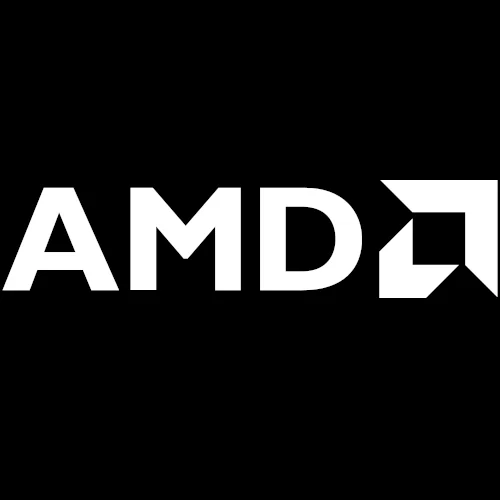X.Org ATI Driver Supports New Power Options

The ForceLowPowerMode will force the graphics processor to always run in a low-power mode, while DynamicPM will adjust the power management behavior based upon DPMS (the Display Power Management Settings). In the DynamicPM mode, the low-power option will only be used when the system is idling. Both options will reduce the performance potential of the ATI graphics processor, but will consume less power and generate less heat.
The ForceLowPowerMode and DynamicPM will clock down both the GPU core and memory speeds along with only using PCI Express x2 bandwidth (instead of PCI-E x16) when operating in the low-power mode. The core and memory clock adjusting is supported through AtomBIOS on the R500 series and later, but there is also hard-coded support for the R100 through R400 hardware.
Checkout the latest Git code of the xf86-video-ati driver to access these options. At this time, these options cannot be found in the xf86-video-radeonhd driver.
112 Comments

